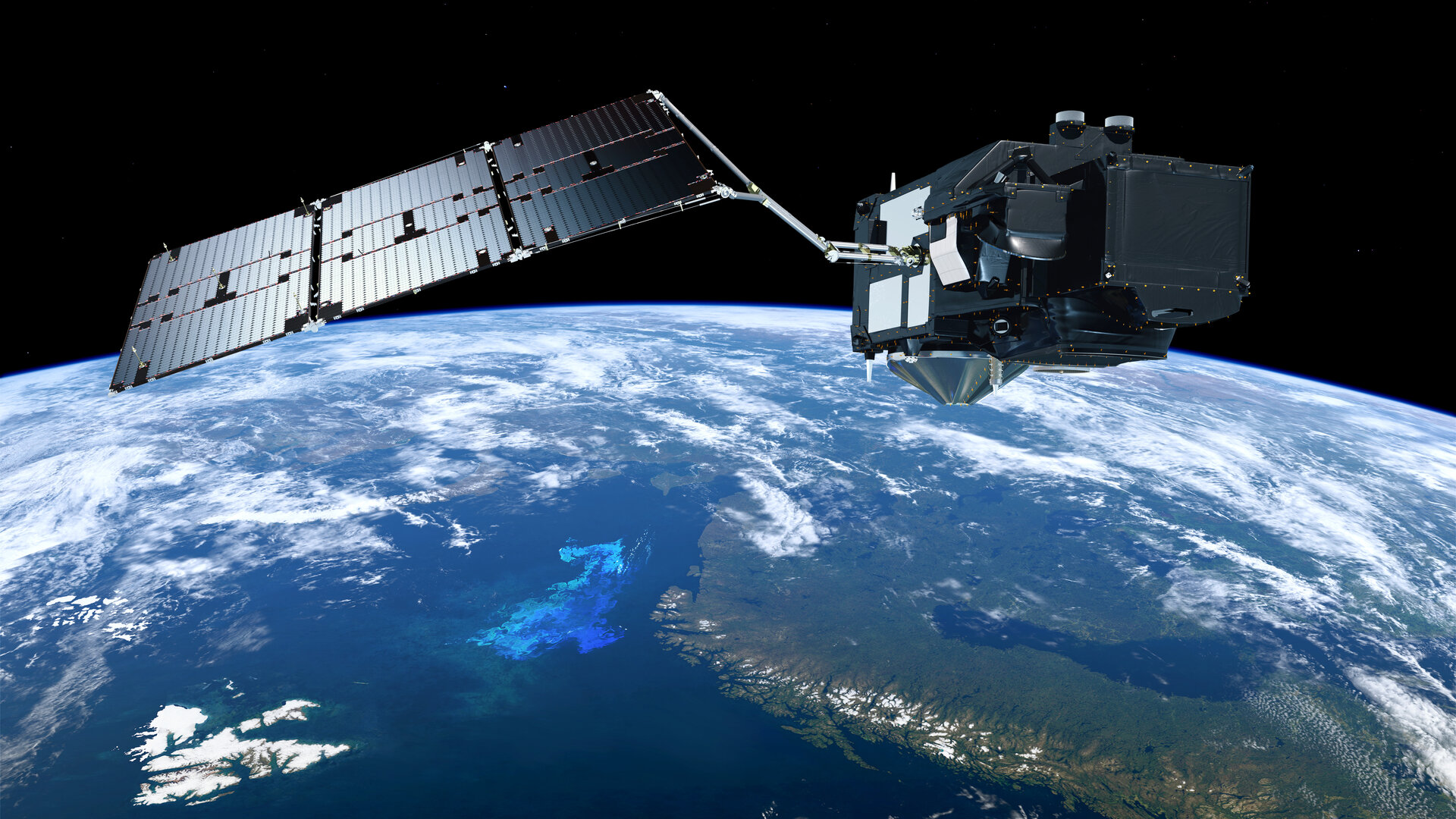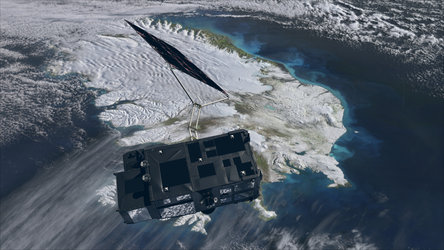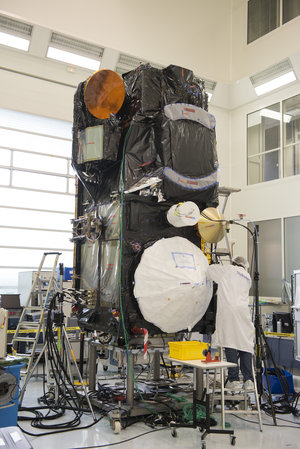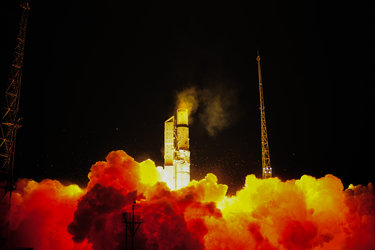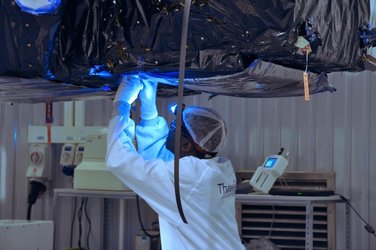Rise and shine for Sentinel-3A
Following the Christmas break, the Sentinel-3A satellite has been taken out of its storage container and woken up as the campaign to prepare it for launch resumes at the Russian Plesetsk cosmodrome. Liftoff is set for 4 February. UPDATE 27 January: new launch date is 16 February.
This latest satellite for Europe’s environmental Copernicus programme has been at the launch site since early December going through a series of tests and being readied for the big day.
Since the cosmodrome was effectively closed over the Christmas break, the satellite has been stored safely in its transport container in the cleanroom over the last three weeks.
The European Commission’s Copernicus is now well and truly powering ahead as its comprehensive integrated system of Sentinel satellites grows. Carrying a suite of cutting-edge instruments, Sentinel-3A will join the Sentinel-1A radar satellite and the Sentinel-2A high-resolution optical satellite in orbit to monitor the health of our planet.

Copernicus is a revolution in Earth observation, offering a range of operational and sustained environmental services to benefit European policymakers and citizens alike.
This latest multitalented mission will measure Earth’s oceans, land, ice and atmosphere to monitor and understand large-scale global dynamics. It will provide critical information in near-real time for ocean and weather forecasting.
Before it can get to work, however, there is the important task of getting it ready for liftoff.
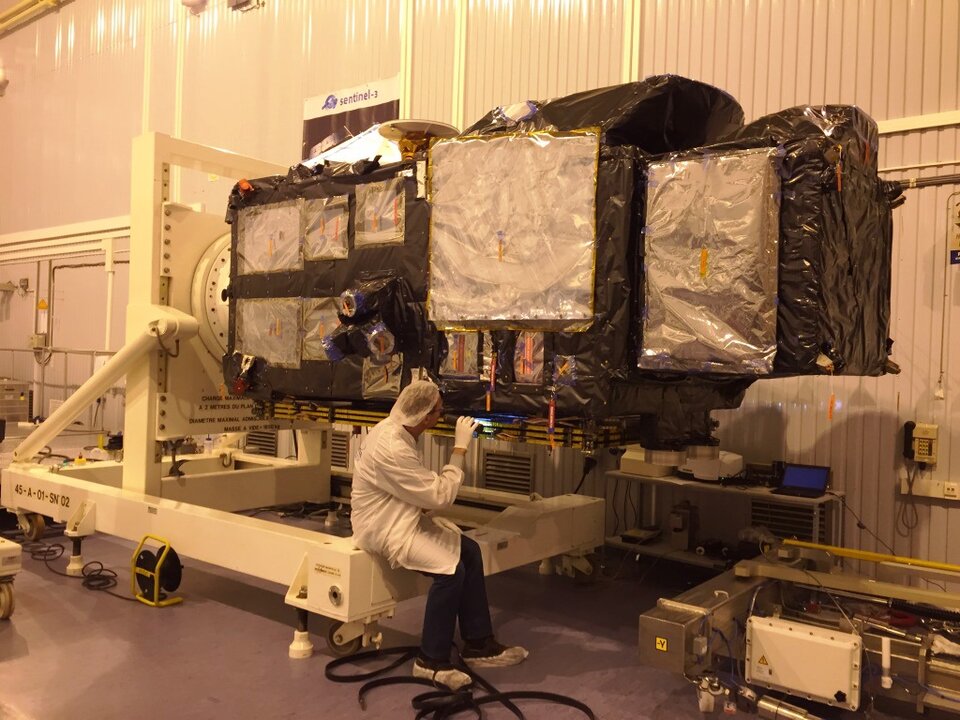
Greeted by temperatures of –27°C, the first team members, which included people from ESA, Thales Alenia Space and Eurockot, arrived back in Plesetsk earlier this week.
Their first task was to make sure the facilities were still spotless and then they could wake their baby from its slumber and get it into the right position to work on.
Following confirmation that the ground system is ready to control the satellite, the team at ESA’s European Space Operations Centre in Germany has been simulating the launch and early orbit phase as part of its training.
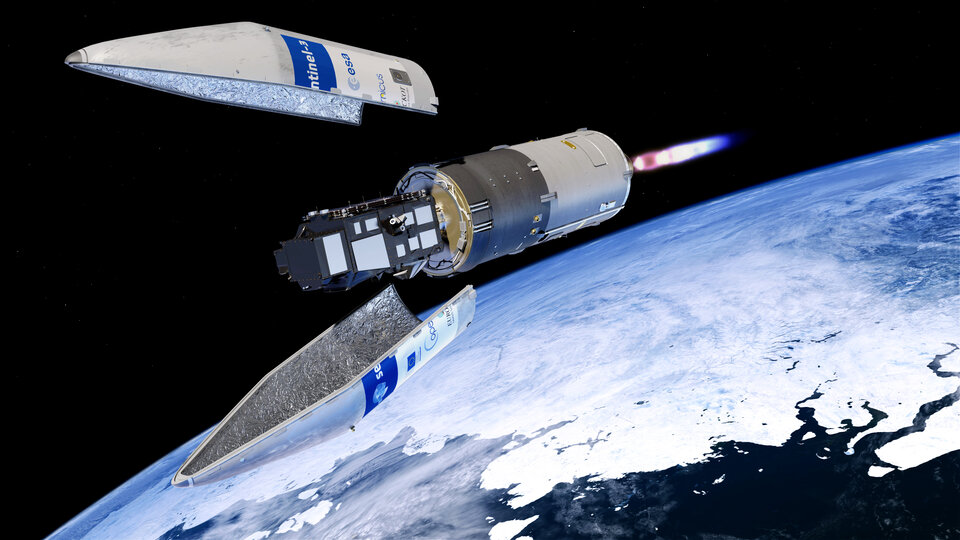
Over the next couple of weeks the satellite will be fuelled, joined to the rocket’s upper stage, sealed in the fairing and rolled out to the launch pad.
It will then be taken into orbit on a Rockot, which is a converted SS-19 intercontinental ballistic missile, to begin its life monitoring our planet.
Follow preparations on the launch campaign blog.


